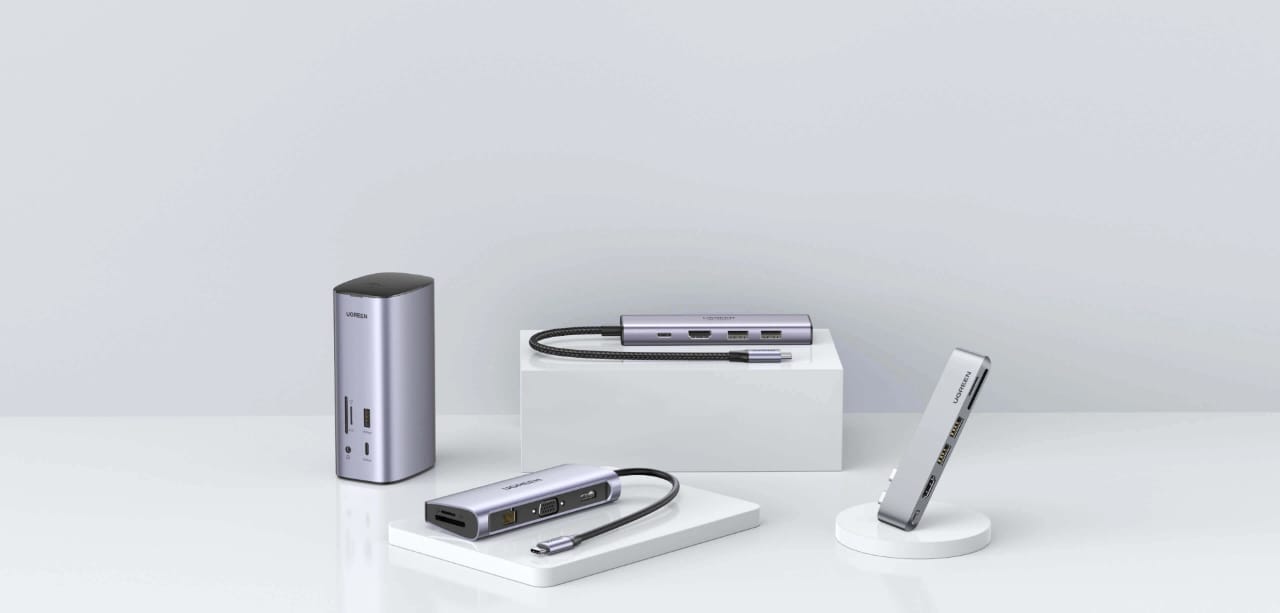In the fast-paced world of digital product development, the ability to adapt and refine ideas quickly is essential. Traditional development methods, while thorough, often involve lengthy processes that can slow down innovation. This is where prototype testing software offers a significant advantage. By allowing teams to test and perform on ideas quickly, this approach can lead to better products, reduced costs, and faster time to market. Here are some key benefits of using prototype testing software over traditional development methods.
1. Faster Iteration and Feedback
Flexibility is one of the most significant benefits of prototype testing software, specifically, the possibility to make changes frequently. Most conventional development paradigms feature lengthy cycles, where alterations are made and then implemented only after substantial time and effort have been paid to coding and design. One of the risks is that some problems can surface at a later stage, and this might call for a complete overhaul of the project, hence costing more money.
By using prototype testing software, one can easily create a working model of the product in a very short period and may even get feedback from the users or stakeholders in real-time. This makes it easy to change corrections as soon as they are provided because of the flexible and fast modeling period. The flexibility of the process means that ideas are thoroughly checked and revised, resulting in a better end product that is closer to users’ requirements.
2. Cost-Effective Development
The traditional approach towards development carries high costs for implementation when changes are required after development work has progressed to some extent. Re-developing code, re-designing an interface, or removing particular features leads to modification of identified estimates of cost and time frame for the project.
While prototype testing software differs from general testing software, it makes it possible to find some problems before developing costly mistakes. This way, teams can avert spending on change impacts after the product has been constructed. It also helps to avoid wastage of funds as well as to ensure that resources are utilised more effectively.
3. Enhanced Collaboration and Communication
Communication plays a central role in development projects because it involves the collaboration of many firms, departments, and agencies. Traditional development approaches employ a sequential work cycle where each member of the team delivers individual elements without much interference with other parts of the process.
The practical application of the prototype testing software is that teams develop solutions collaboratively from the ground up. Due to the visibility and transparency of these results, the designers, developers, and other stakeholders can look at the prototype simultaneously and make their own input and decisions.
4. Better User-Centered Design
Traditional development practices are formed with major emphasis on project functionality with little concern for end-user viewpoint. This often results in functional product that may not necessarily contain all necessary and desirable features or characteristics that could be expected or required by the users.
Prototype testing software changes the focus on the usability of the product from the time when the prototype is developed. Users can participate with prototypes that resemble the final app, and this way the developers are able to observe its further use in practice. Such an approach always makes the product more user friendly, natural, and attractive to use making the final product even better.
5. Reduced Risk and Uncertainty
If there is one thing that rings true across the board in development projects, it is that risks are inevitable, especially in terms of the issue of time, cost and quality conformities. The risk can be high with traditional development methods because these methods take a long time to cycle and often hold intensive testing until later stages.
The prototype testing software offered to the teams means that flaws are flagged and fixed at an early stage to avoid the occurrence of such mishaps that may cause delays or complete failure of the whole project. Upfront prototyping enables the teams to have confidence that they are on the right track and make correct decisions that reduce risk.
Conclusion
Prototype testing software has advantages over traditional methods of development, such as speed of the process, reduced costs in development, improved collaboration, improved user focus, and less risk. This approach, when implemented in the development process, can help teams build better solutions and exciting user requirements and deliver such solutions in the market faster. Thus, because of these benefits, prototype testing software has become crucial for development teams.






